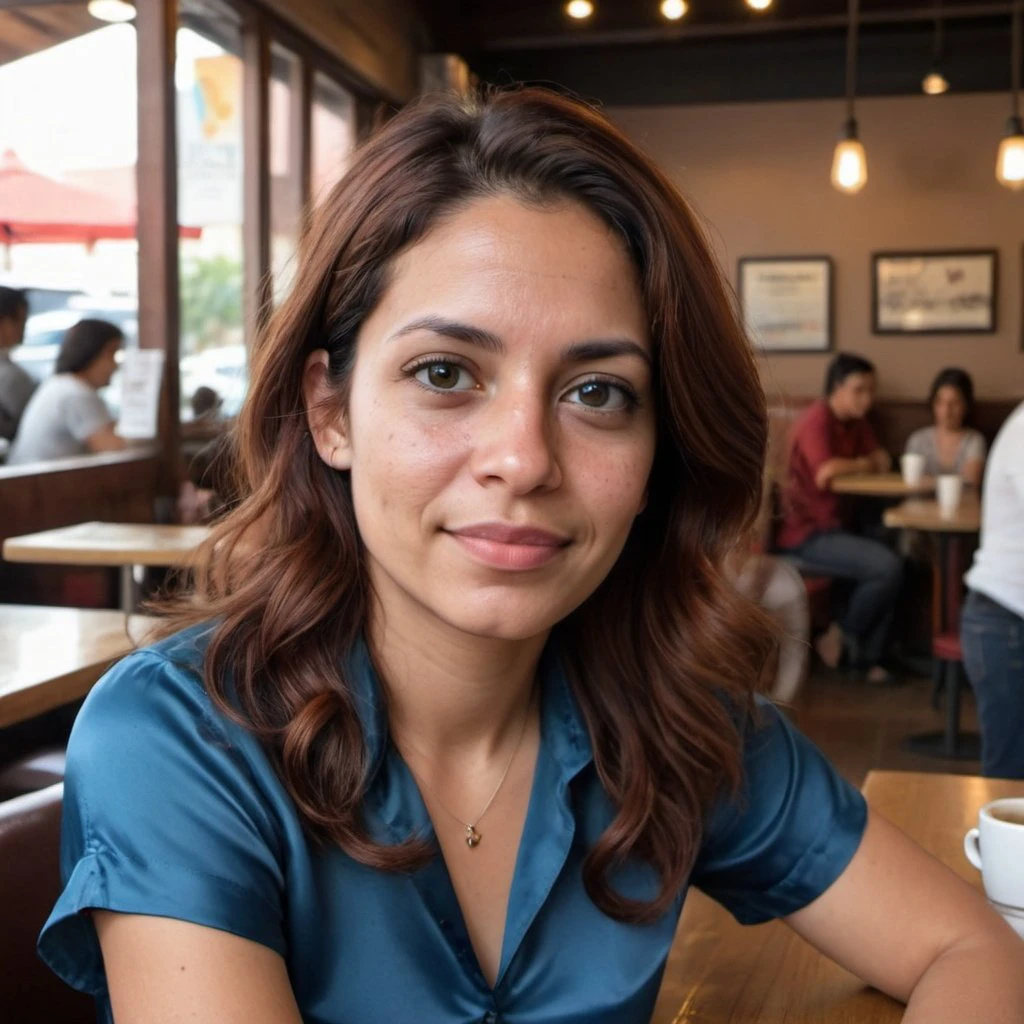Learning Bahasa Indonesia is like stepping into a world of rich culture and linguistic diversity.
This complete guide will set you on your way to understanding the language, from its history and structure to the diverse dialects spoken throughout the archipelago.
You’ll also learn about the culture and get tips for speaking with locals while in the country.
So, whether you’re just a traveler or you intend to spend time in Indonesia, this guide will help you learn Bahasa Indonesia and get the most out of your trip.
And for seamless adventure, use the iRoamly Indonesia travel eSIM to fast speeds and reliable connectivity to share your journey with your friends.
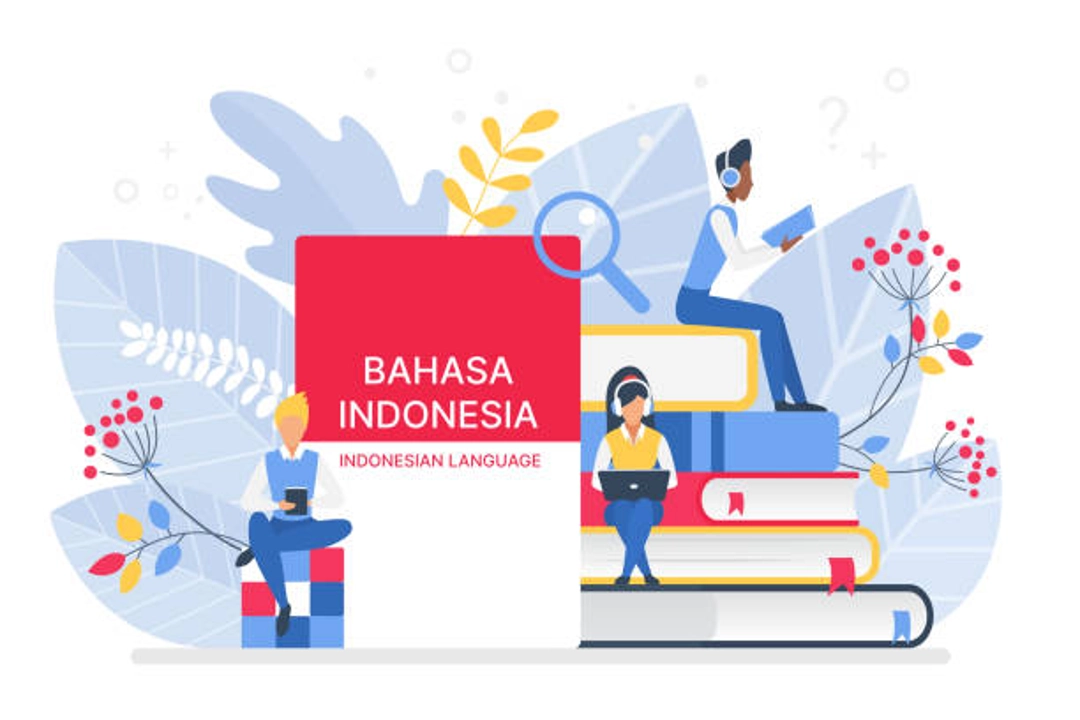
Introduction to Bahasa Indonesia
History and Origins: Bahasa Indonesia is a relatively modern language, formally established in the 20th century.
It emerged during Indonesia’s fight for independence and was chosen to unify the diverse nation, which consists of thousands of islands and numerous languages.
Roots in Malay: The language evolved from Malay, which was widely spoken in Southeast Asia as a trade language.
Bahasa Indonesia is a direct descendant of Malay, but it was adapted and standardized to serve as the national language.
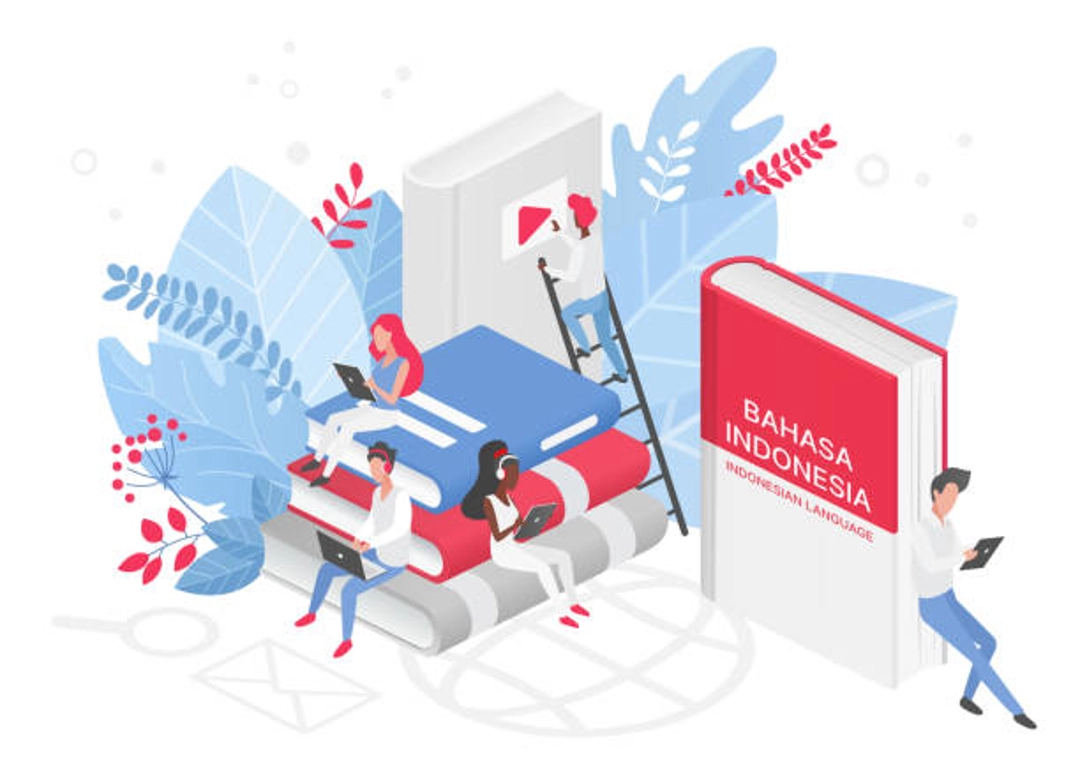
Simplicity of Grammar: One of the appealing aspects of Bahasa Indonesia is its simple grammar.
There are no complex verb conjugations or gender rules, which makes it easier to learn compared to other languages. This simplicity allows you to start communicating without being overwhelmed by complicated grammar.
The development of Bahasa Indonesia mirrors Indonesia’s journey to independence and its goal of national unity.
By adopting a language that all Indonesians could use, the country succeeded in bridging the gap between different regions and cultures.
Dialect Diversity Across Indonesia
Indonesia is home to hundreds of dialects, ranging from those spoken by just a few to millions. Each dialect reflects the region's culture and history. In many areas, dialects are the primary language used in homes and communities. Here are some key regional languages:
Javanese
The second most spoken language after Bahasa Indonesia, Javanese dominates Java, including Jakarta. Outside of Java Island, it is less common.
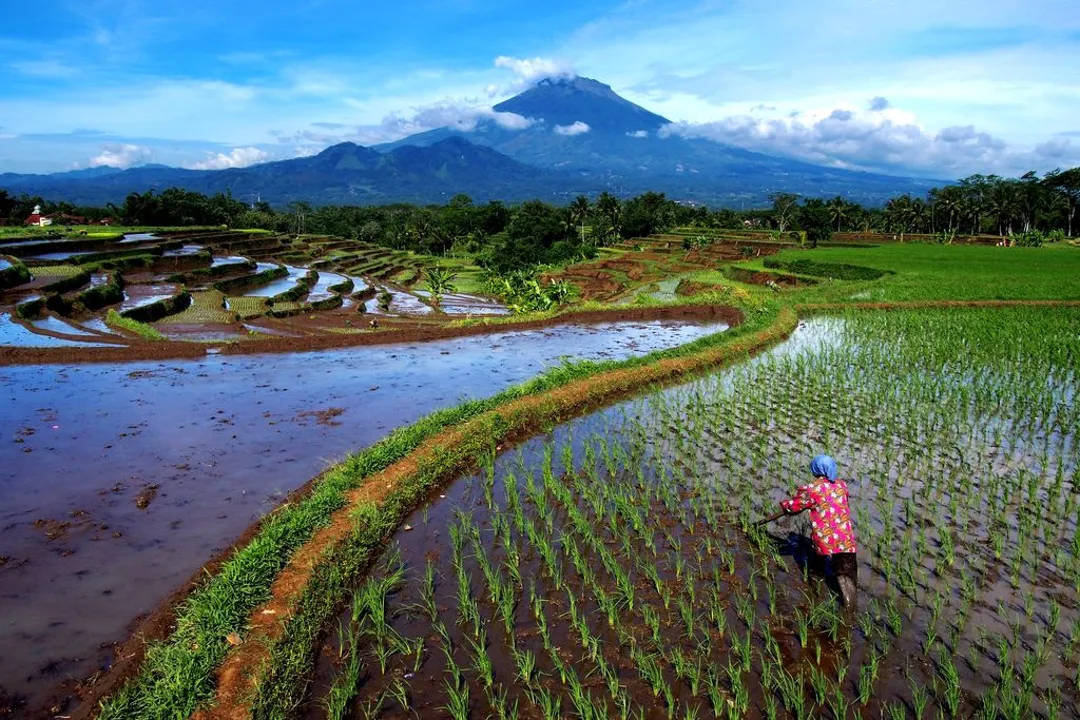
Sundanese
Spoken primarily in West Java, Sundanese is known for its polite and friendly nature, particularly in areas like Bandung.
Balinese
Spoken by the people while wandering in the paradise of Bali, Balinese is woven deeply into the fabric of the island’s culture and its rituals.
While many Balinese practice bilingualism and speak some degree of Bahasa Indonesia, they usually rely on their own dialect for ceremonies and when socializing with family. Like the art and dance of Bali, the language is vibrant and intricate.
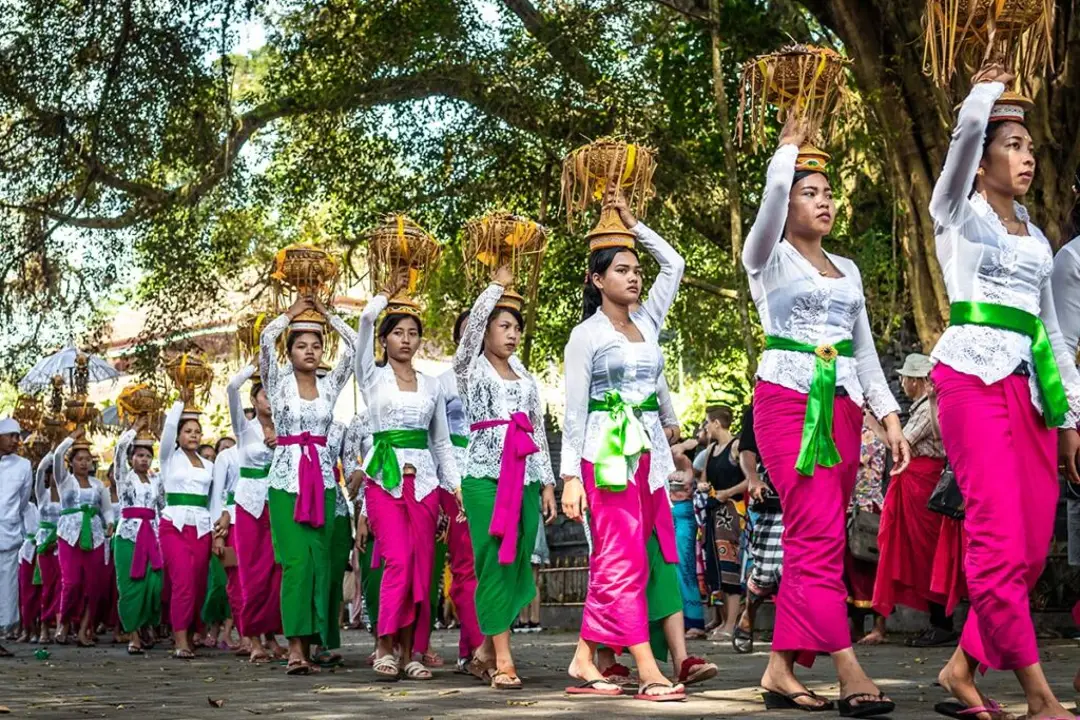
Batak
Batak, spoken in northern Sumatra is a common language for the different Batak people. It’s actually a family of languages spoken by the different Batak tribes, and is distinguished by its strength and vitality. It’s an important part of their heritage and hence is spoken at ceremonies and in traditional music.
Minangkabau
It is spoken by the Minangkabau people of West Sumatra. Minangkabau is known for its remarkable sound system and tones which echo the valleys of the land of its birth.
The language provides a unique insight into the community’s matriarchal ways, and its talent for storytelling.
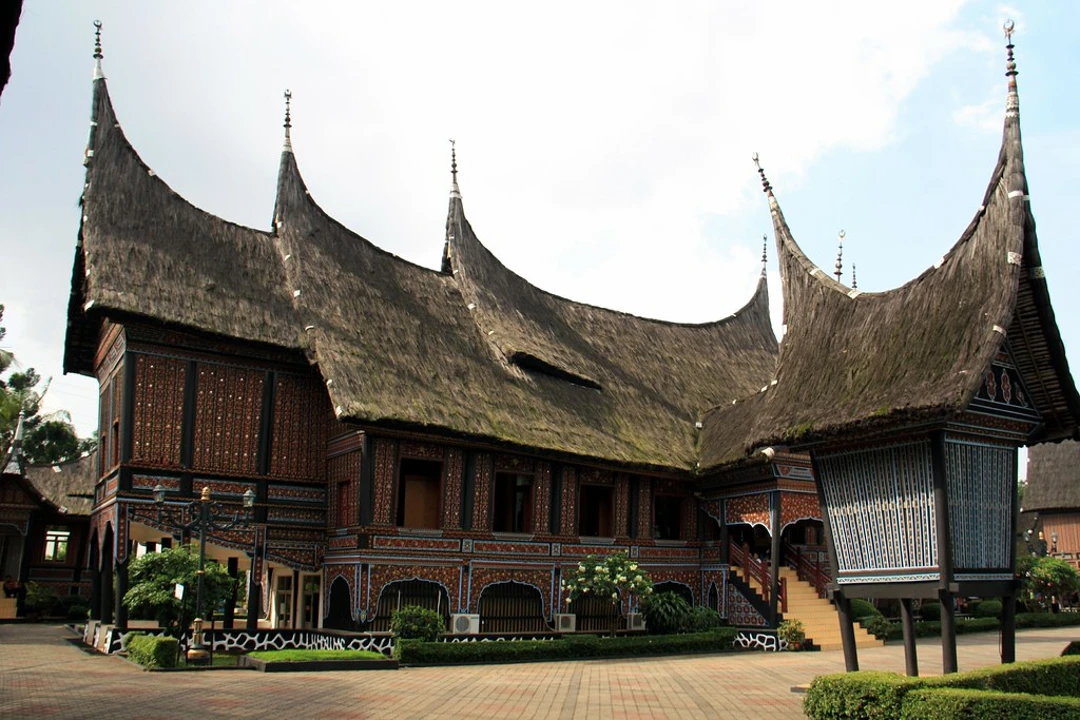
These dialects interact with Bahasa Indonesia, shaped by urbanization, education, and cultural identity. Learning them offers deeper insight into Indonesia’s social and cultural richness.
Practical Indonesian for Travel
Traveling in Indonesia can be a blast, especially if you know a little basic Bahasa Indonesia.
A few simple phrases like hellos and thank-yous can go a long way. For example, “Selamat pagi” means “Good morning” and “Terima kasih” means “Thank you.” When approaching someone, ask “Apa kabar?” (“How are you?”).
Even the most basic interactions are smoother and more enjoyable with a few words in the local language.
When dining out, a little goes a long way. For instance, you can ask for assistance by saying “Tolong” (help) or “Air, tolong” (water, please). If you're unsure of something, simply ask “Apa ini?” (What is this?).
To get the bill, say “Kalkulasikan, tolong” (bill, please). It’s amazing how much of a difference these few words can make in your dining experience.
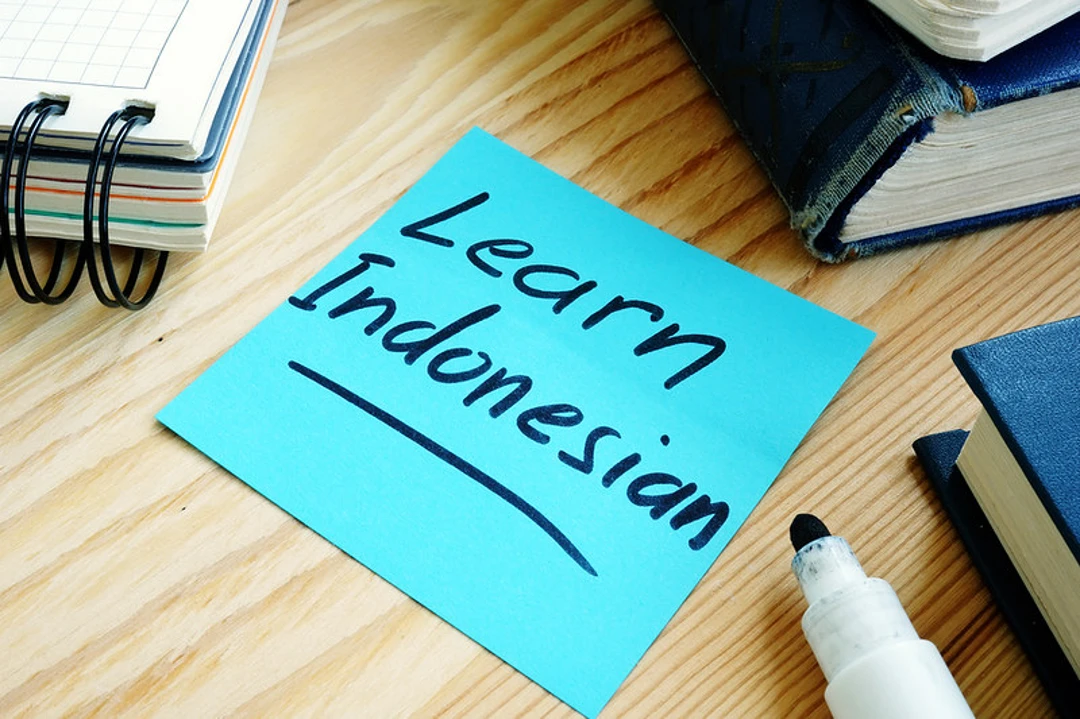
Tourist attractions are all about convenience and staying connected. If you ask locals, “Di mana…” (where is), such as “Di mana pantai?” (Where is the beach?), or if you’re taking a taxi and want to know the fare, you can ask, “Berapa biaya ke…” (How much to…?). It helps to ensure you’re not getting overcharged.
A few words can really help you have more fun and be more social.
These aren’t just words; they’re bridges. By attempting to speak the local language, people will warm to you in a big way.
Your experience will be richer, and you’ll engage more with the country, not just the tourist spots.
Conclusion
This guide covers the basics of learning Bahasa Indonesia, including its history and structure. Understanding the language helps you better appreciate Indonesia’s unique culture. Since it's widely spoken and many dialects overlap, learning a few words can go a long way when traveling.
Learning Bahasa Indonesia allows you to connect with locals and experience the country more deeply.
Whether visiting or moving, this guide will enhance your connection with Indonesian people and culture. Practice, stay curious, and enjoy learning!
